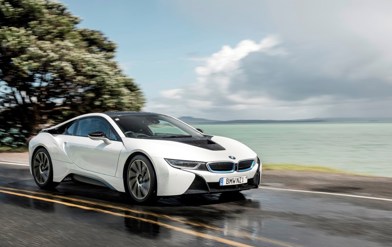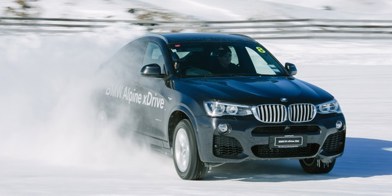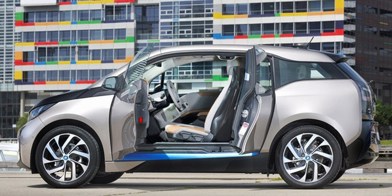We have Mitsubishi’s seven-seater SUV-PHEV on a long-term loan. So you’ve already heard a couple of different perspectives, but here’s one from a five-foot-two, 20-something-year-old, mother-of-a-toddler.
Let’s address the elephant in the carport first: it’s huge. It was my first time driving a seven-seater, and while my colleagues tell me the Outlander VRX is compact compared with others, it’s certainly large next to other medium-sized SUVs I’ve driven.
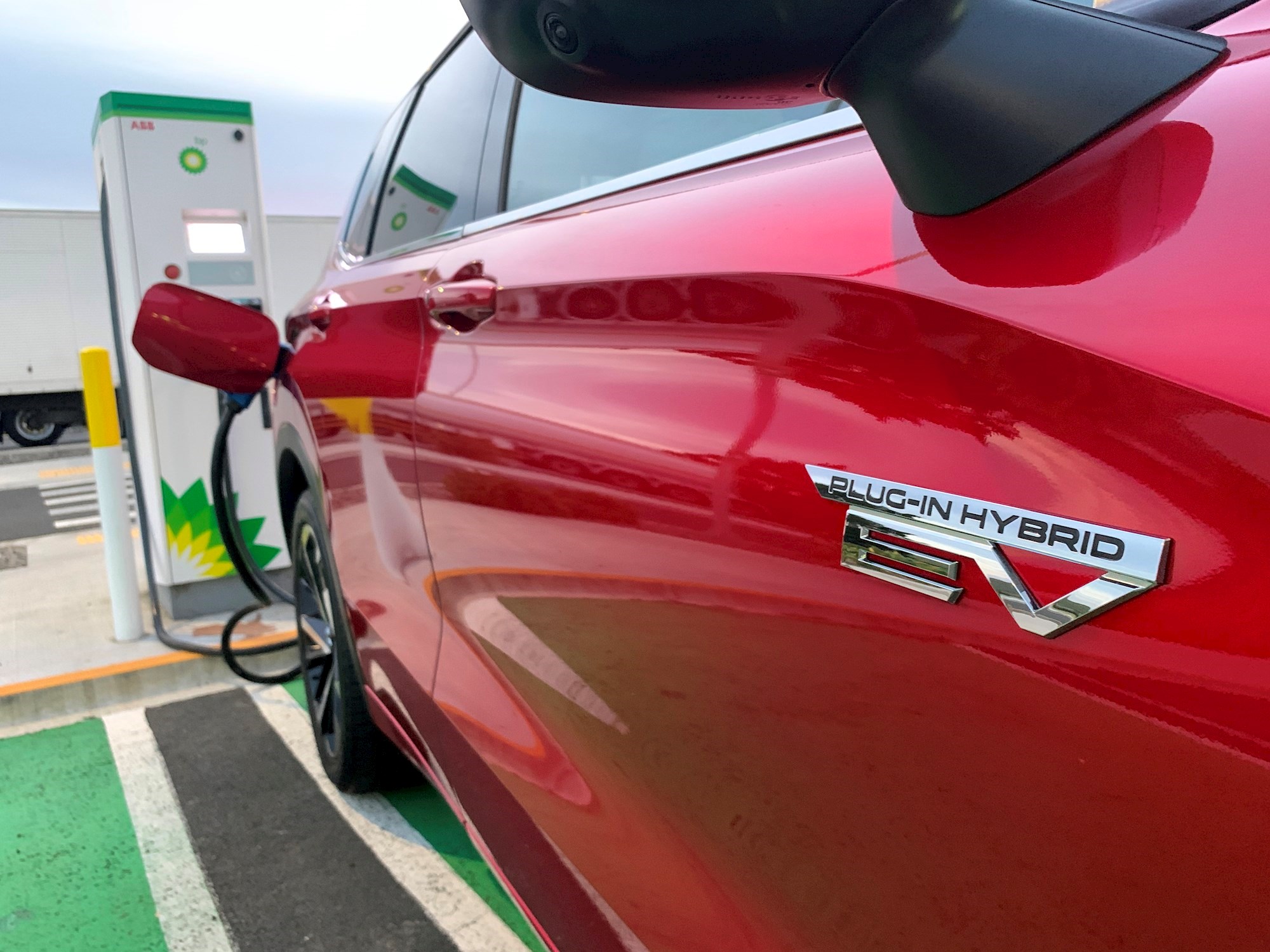
The Outlander is 4710mm long and 1862mm wide, making it large for the medium SUV segment, but small for the large SUV segment. The (large) Hyundai Santa Fe is 4770mm long, while the (medium) Toyota RAV4 is 4600mm. So the Outlander bridges the gap.
When I opened the boot, I thought I was looking at Dr Who’s Tardis. Not that it looks that small from the outside, but I was struck by how truly huge the 634-litre boot space is (that’s when the third-row seats are down, mind you). The third-row seats are very simple to put up and take down, making it quick and easy when you’ve got your hands full.
Let’s quickly fire through some other family-friendly features: triple climate zone control (two in the front and one in the rear), built-in window shades, Isofix and tether points, USB-C and USB-A chargers in the rear, lots of interior lights, adaptive cruise control, speed limiter, Apple CarPlay, Android Auto, all relevant safety features and it’s a plug-in hybrid electric vehicle, or PHEV (hello fuel economy).
Speaking of PHEV, the SUV has a large range. Mitsubishi claims an EV-only range of 84km, which isn’t something to scoff about. The DRIVEN team has seen that fluctuate as high as 90km (for low-speed suburban driving), and down to 60km for more motorway-heavy trips. If you plug it in each night, you should be able to do your average commute running the car purely on electric power. And, when you run out of electricity the car will drive like a hybrid, meaning it’s still very fuel efficient.
Just how fuel efficient it is, wildly varies. There are a lot of factors. We’ve seen it at 3.5l/100km, purely driving around the suburbs with frequent charging, and we’ve seen it under 1l/100km. But it can also jump up much higher depending on how you’re driving.
Something that bugged me is the fact that the adaptive cruise control cuts out at 0 km/h. It caught me off guard at first, as instead of holding the brakes, the car just started rolling. While this is something you’d get used to with time, when you’re sitting in stop-start traffic, the last thing you want is to reactivate cruise control continuously.
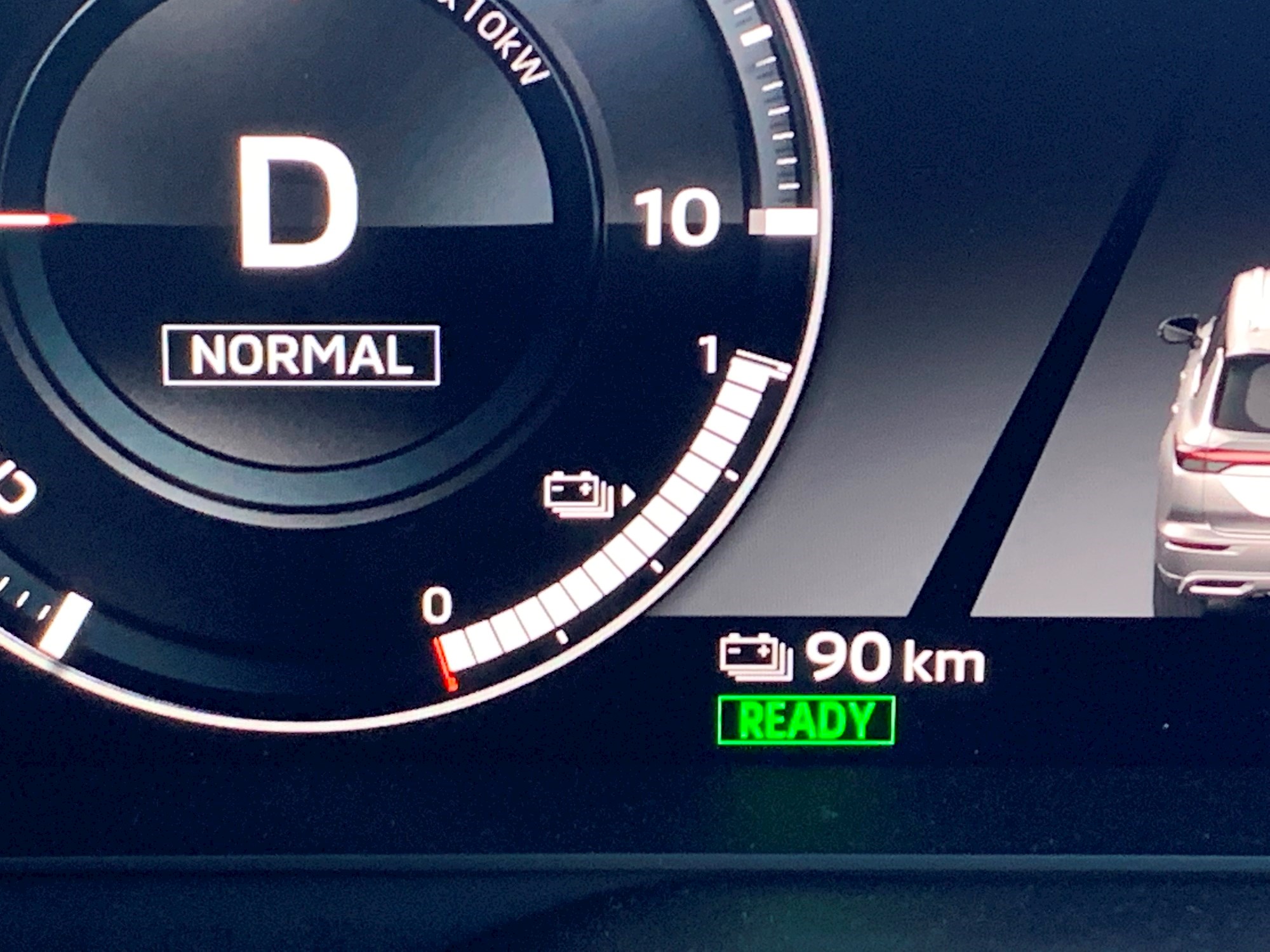
But there are also plenty of great features. It’s got wireless phone charging, a large panoramic sunroof, a very good 360 degree camera system with parking sensors and an ultra-luxe feeling quilted interior.
The Outlander PHEV VRX is $73,990 and eligible for a $5750 rebate. For a family vehicle, it certainly has a lot of perks. And if the price for that PHEV technology scares you, it’s also worth remembering there’s a petrol-only VRX 4WD for $55,990 (or stick with 2WD and save another $5k).
BREAK IT DOWN
MITSUBISHI OUTLANDER PHEV VRX
ENGINE: 2.4-litre petrol engine, plug-in hybrid system (20kWh battery), dual electric motors
POWER: 185kW/450Nm (combined)
GEARBOX: Continuously variable automatic, AWD
ECONOMY: 1.6l/100km, CO2 35g/km
PRICE RANGE: $69,990 to $79,990 (current special pricing $60,990-$73,990)




